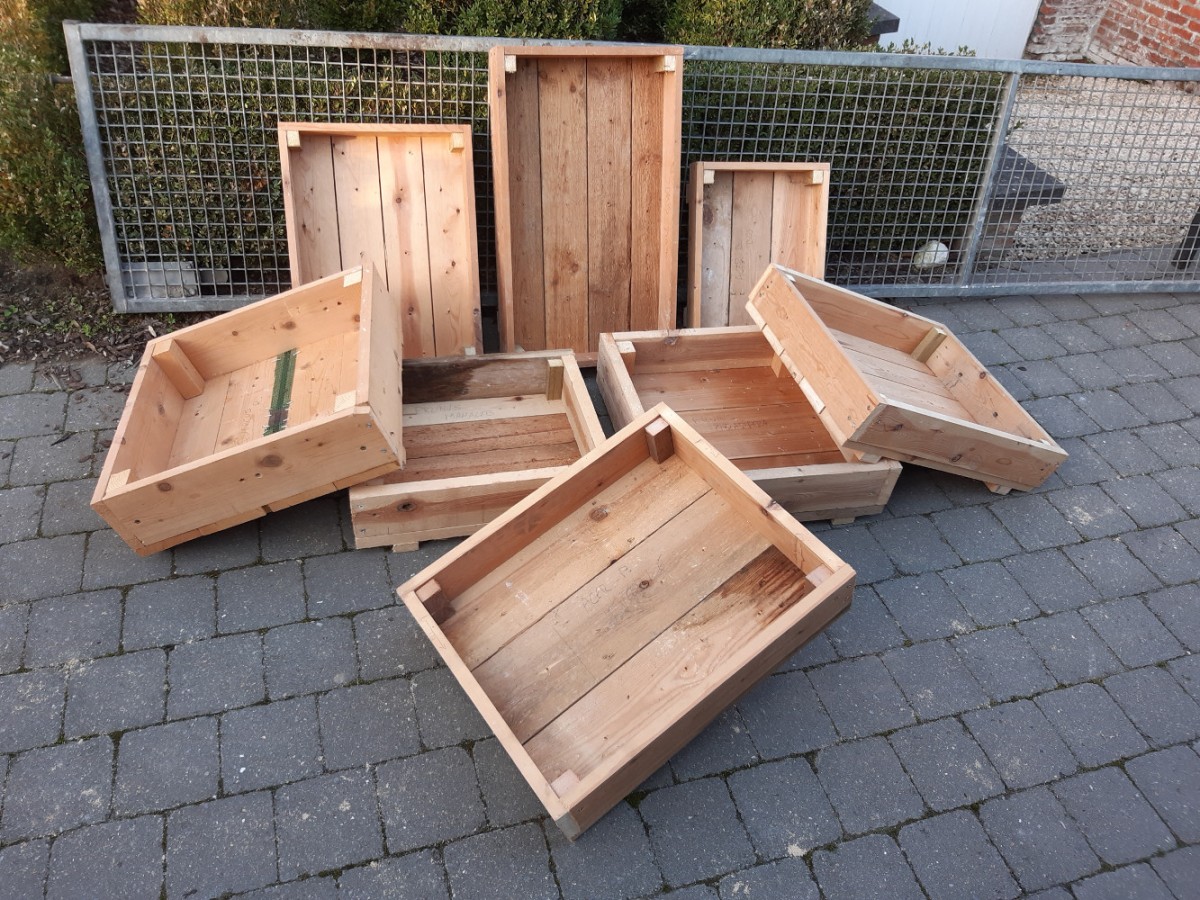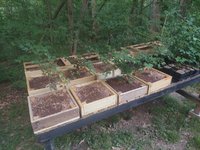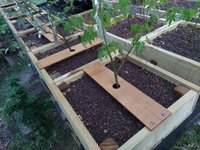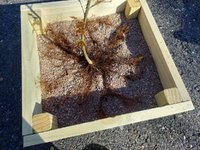AcerAddict
Shohin
Is pressure-treated wood (yellow pine, in my case) safe to use for grow boxes? I'd let the wood dry thoroughly first, but I was just curious if the chemical used in pressure-treating wood is harmful to trees at all.
Currently, it seems that ACQ (alkaline copper quaternary) is the main chemical used in treating wood in the United States. According to the EPA...
Currently, it seems that ACQ (alkaline copper quaternary) is the main chemical used in treating wood in the United States. According to the EPA...
I would think these chemicals wouldn't be harmful to trees since pressure-treated wood is used as landscape borders all the time. I'm fine with using standard pine instead if I have to though. I could also try to get my hands on some cedar boards as well and make boxes from those. Just trying to think of something that will last a few years sitting outside getting rained on all the time or baked in the sun without getting moldy or attacked by insects.ACQ (alkaline copper quaternary) is a water-based wood preservative that prevents decay from fungi and insects (i.e., it is a fungicide and insecticide). It also has relatively low risks, based on its components of copper oxide and quaternary ammonium compounds.
Water-based preservatives like ACQ leave a dry, paintable surface. ACQ is registered for use on: lumber, timbers, landscape ties, fence posts, building and utility poles, land, freshwater and marine pilings, sea walls, decking, wood shingles, and other wood structures.




